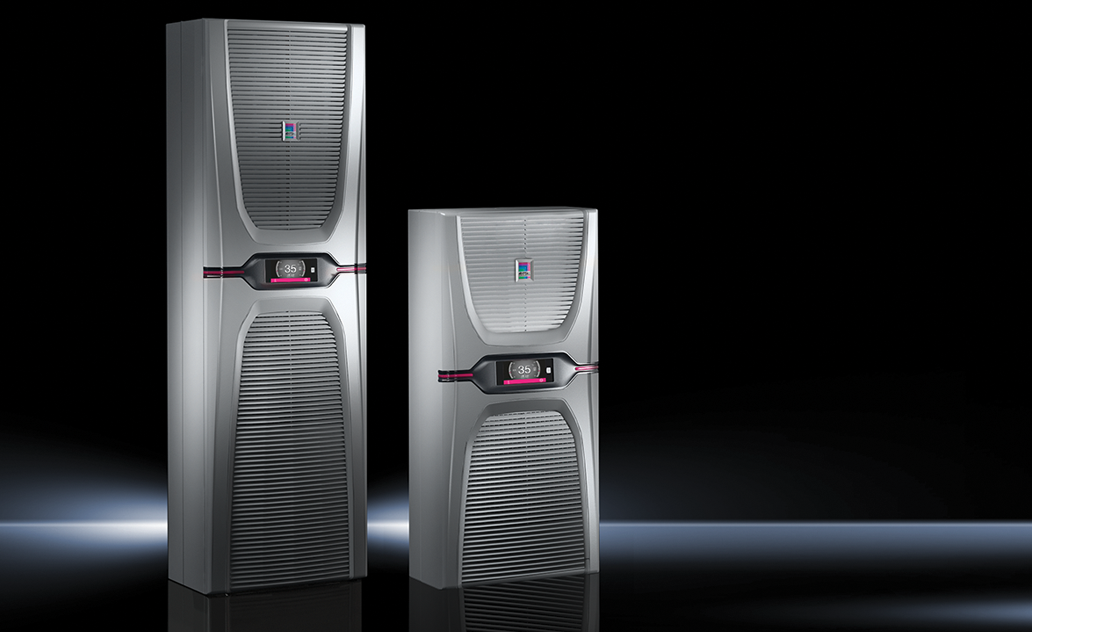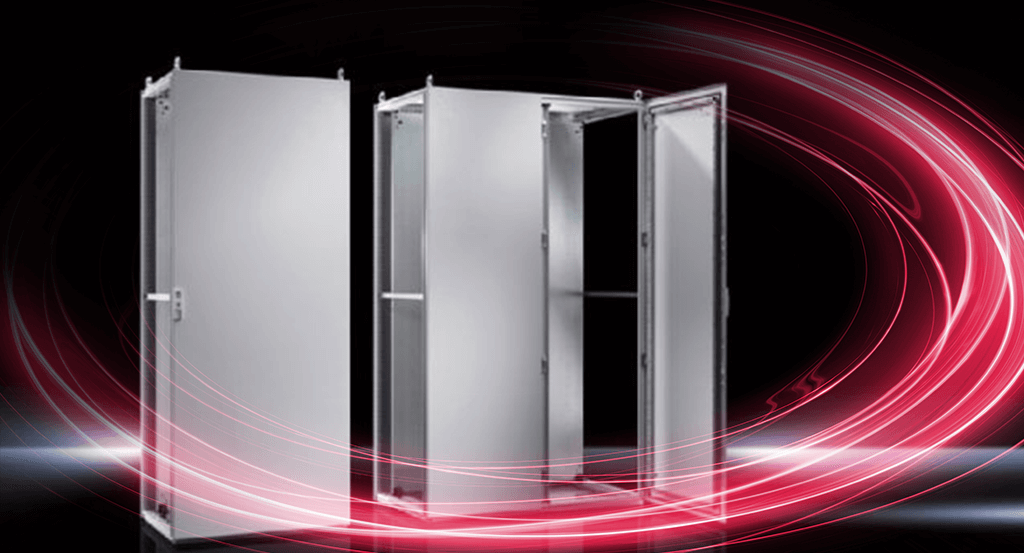
In today’s manufacturing landscape, production requires 24/7 operations in order to keep up with demand and adapt to changes in consumer preferences. Add in the fact that modern manufacturing takes place in almost any geographic area or environment around the world — many of which are in harsh or extreme climates — and you have a crucible that requires durable, reliable cooling systems for optimized production processes.
However, this is easier said than done, and because manufacturers are asked to accomplish more with less in variant-rich industrial environments, enclosure climate control systems can often go overlooked when designing an industrial automation framework. Just as serving your home air conditioner can help ensure reliable operation all summer, manufacturers can take some similar steps — as well as some macro-level considerations – to help ensure efficient, targeted cooling during the hot summer months and within harsh environments.
Let’s look at three steps manufacturers can take to help create effective cooling for the summer and beyond.
Understand the state of your cooling units
The first step in solving a problem or overcoming a challenge is to adequately understand the elements in play. For manufacturers, understanding the health of cooling units and how the state of those cooling units impact the entire climate infrastructure is critical in identifying opportunities to increase efficiency.
Yet, the trouble many manufacturers encounter is simply not having the time, resources, or expertise to thoroughly evaluate the state and health of their cooling units — many of which, particularly in large production facilities, may not be operating at peak efficiency, but more on that in a moment.
This is where a Rittal Climate Efficiency Analysis can help manufacturers assess the performance of their cooling units. Rittal climate experts can help provide recommendations based on an analysis on how facilities can upgrade their enclosure cooling units to reduce energy usage and costs while also decreasing their carbon footprint.
In addition, our Climate Efficiency Analysis will help identify enclosure systems where cooling units can be consolidated. This will not only simplify your overall climate system, but to also reduce the likelihood of downtime due to poor cooling unit performance and help ensure a long service life of your cooling units and the enclosures they’re paired with.
Place greater emphasis on efficiency
The arrival of the summer months means production facilities require more energy to power, what can be hundreds, of cooling units that are vital to keeping operations running smoothly. Now is the time to emphasize efficiency and think about how innovations in industrial climate control systems can help you reduce your energy consumption and energy related costs.
However, the obstacle for many manufacturers is the lack of clarity in the energy-efficient nature of their cooling units, or more importantly, if their climate units are operating at peak performance.
A climate efficiency analysis of Ford’s Cologne, Germany plant revealed that out of the 220 cooling units deployed throughout the plant 25 were defective and not operating at peak efficiency. Not only did this mean a sizable percentage of the plant’s automation equipment was not being cooled effectively, but it also exposed significant spikes in energy consumption, costs, and maintenance or repair work.
Designed for durability and reliability, Rittal cooling units like the Blue e + use innovative cooling technology via a hybrid cooling process that increases airflow throughout the enclosure. A combination of active and passive cooling mechanisms provides precise, consistent cooling outputs that can reduce energy usage by up to 75%.
In addition, Rittal’s line of Blue e + air conditioners provide high output and energy-efficient climate control with superior plug-and-play capability to reduce the need for customizations or accessories for seamless integration. This ease of installation and integration with existing automation frameworks helps manufacturers upgrade their climate control systems quickly to reduce downtime and disruptions in production.
Plus, our innovative line of climate solutions including air-to-air and air-to-water heat exchangers, chillers, and filter-fan units help facilities create consistent, reliable enclosure cooling for long-term production and energy savings.
Adopt a proactive maintenance approach
Though it may seem simple, preventative maintenance of enclosure climate control units is one of the best ways to help ensure long-term productivity and avoid costly downtime with your cooling units. Because the warmer months bring increased ambient air temperatures inside manufacturing facilities — which can put undue stress on climate systems — reviewing the overall functionality and efficiency of your cooling units now can save you time and money later.
80% of equipment failures result from inefficient cooling and a preventative maintenance strategy is key in creating a proactive approach to enclosure cooling and preventing unplanned downtime. Having the right automation infrastructure in place can help manufacturers tap into the power of a preventative maintenance strategy. Even in today’s automated manufacturing landscape, too many manufacturers rely on outdated cooling units or those that lack the connectivity necessary to monitor cooling unit performance.
However, Rittal’s dedication to creating end-to-end climate efficiency can help manufacturers deploy the right climate control tools for such a proactive approach. Our Blue e + cooling unit with IoT interface uses Industry 4.0 and IIoT principles for the ultimate in network connectivity to alert plant managers to potential issues in cooling unit operation.
In addition, real-time monitoring and analytics help manufacturers alter cooling outputs based on needs to help ensure a long service life of the unit while helping control energy consumption, reducing maintenance costs, and mitigating the risk of downtime.
View our on-demand webinar to learn more about how understanding your climate system can help you prepare for the future.

